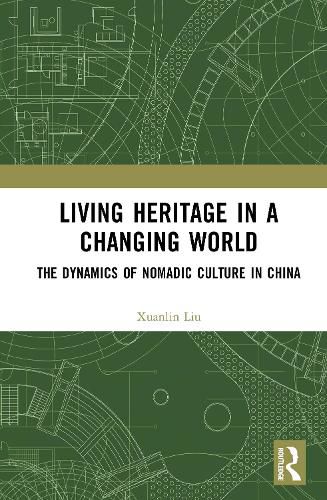Readings Newsletter
Become a Readings Member to make your shopping experience even easier.
Sign in or sign up for free!
You’re not far away from qualifying for FREE standard shipping within Australia
You’ve qualified for FREE standard shipping within Australia
The cart is loading…






This book explores living heritage through nomadic heritage in Inner Mongolia, China. Using a critical heritage approach, it examines how heritage is understood and enacted within changing communities and shifting lifestyles, revealing the dynamic nature of nomadic cultural heritage.
The book critically re-examines nomadic heritage, capturing socio-cultural transformations and engaging in an ontological inquiry into living heritage. By bridging theory and practice, as well as tangible and intangible heritage, it redefines heritage's intrinsic logic in a changing world. Focusing on the ger, a dwelling central to Mongolian nomadic life, it analyses the continuity and transformation of ger practices. Using ethnographic research, it highlights the human-material-environment dynamic and the agency of multiple stakeholders in shaping heritage.
This work is a key contribution to living heritage and nomadic heritage studies, offering valuable insights for scholars, professionals, and those interested in nomadic culture.
$9.00 standard shipping within Australia
FREE standard shipping within Australia for orders over $100.00
Express & International shipping calculated at checkout
This book explores living heritage through nomadic heritage in Inner Mongolia, China. Using a critical heritage approach, it examines how heritage is understood and enacted within changing communities and shifting lifestyles, revealing the dynamic nature of nomadic cultural heritage.
The book critically re-examines nomadic heritage, capturing socio-cultural transformations and engaging in an ontological inquiry into living heritage. By bridging theory and practice, as well as tangible and intangible heritage, it redefines heritage's intrinsic logic in a changing world. Focusing on the ger, a dwelling central to Mongolian nomadic life, it analyses the continuity and transformation of ger practices. Using ethnographic research, it highlights the human-material-environment dynamic and the agency of multiple stakeholders in shaping heritage.
This work is a key contribution to living heritage and nomadic heritage studies, offering valuable insights for scholars, professionals, and those interested in nomadic culture.